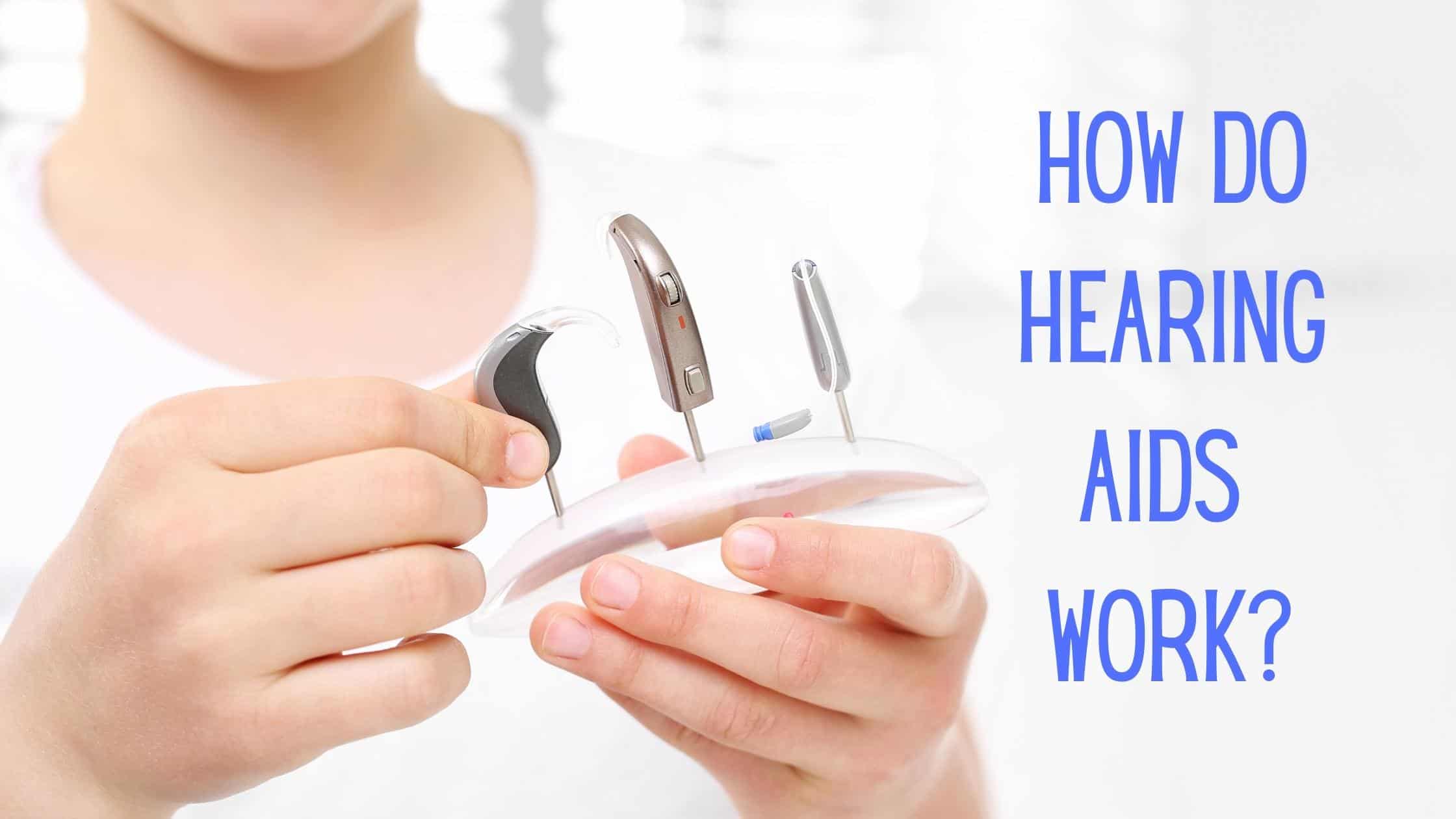
If you have ever used a home audio system to play music, then you might have more understanding of how hearing aids work than you think! Particularly if you have ever used a karaoke machine with a microphone and speaker, then you have all the pieces necessary to understand the basics of hearing assistive technology.
Although the latest hearing aids are advanced technological devices that transform the audio from the world into a form that is easily understood, we can learn a lot about how hearing aids work through three basic components: microphone, amplifier, and speaker. Let’s look at this simple “analog” method of making sound louder, as well as the benefits of digital audio processing in hearing aids.
Basic Audio Amplification
For a person who has hearing loss or is hard of hearing, the basic need from a device is to raise the volume on the world. The most basic hearing aids do exactly that. By raising the volume on the entire spectrum of sound, hearing aids make it possible to pick up details of sound that are otherwise missing. In order to do this simple task, hearing aids work quite like a karaoke machine. The first step is to capture the sound of the world through a microphone.
Hearing aids have tiny microphones at the beginning of the audio path. These features respond to changes in the vibrations of air pressure in the world. When a membrane or sensitive coil experiences a change in pressure, this unit converts acoustic energy into an electrical impulse. Remarkably, our ears are doing the same thing through the auditory nervous system when they transform sound from the environment into something the brain can interpret!
Once acoustic sound has been converted into electricity, hearing aids use amplifiers to raise the volume on that signal. In the case of analog hearing aids, no additional processing takes place, and the electricity is converted back into acoustic energy through a speaker. The speaker vibrates with the electrical impulse in a way that produces the same audio information in louder form, working exactly opposite a microphone. With this basic process, the sound of the world is made louder through the three components of a microphone, amplifier, and speaker.
Digital Audio Amplification
Many of the latest hearing aids use digital technology to do more with audio than ever before. These hearing aids work in much the same manner as analog hearing aids. However, when the sound of the environment is converted into an electrical impulse, it is also converted into a digital string of information in binary code. Why add this extra step? When sound becomes digital, it is possible to change some of these parameters through audio processing.
One of the great benefits of this type of hearing aid is the ability to raise the volume on some parts of the sound while leaving others in a quieter form. For instance, digital hearing aids can decipher which sounds are coming from voices and which sounds are background noise. By leaving background noise in a relatively quieter volume and only raising the sound of voices, these hearing aids can assist people who have trouble conversing in loud environments, including those with many voices speaking at once.
The possibilities of digital audio transformation are truly amazing, and they continue to advance all the time. With the additional possibility to coordinate digital audio processing with GPS location data, you can also use the latest hearing aids to create commonly inhabited sonic “zones” along with different styles of audio processing that you prefer. For instance, you might like to hear a certain kind of sound at church, a different sound at your regular grocery store, and yet another sound at home.
Treating Hearing Loss with Hearing Aids
With the ever-expanding technical abilities of hearing aids, the simple question, “How do hearing aids work?” is an open question. The good news is that you don’t need to understand all the features of hearing aids in order to be able to take advantage of the benefits they offer your hearing. If you are ready to experience the benefits of hearing aids and hearing loss treatment, contact us today to schedule an appointment!
